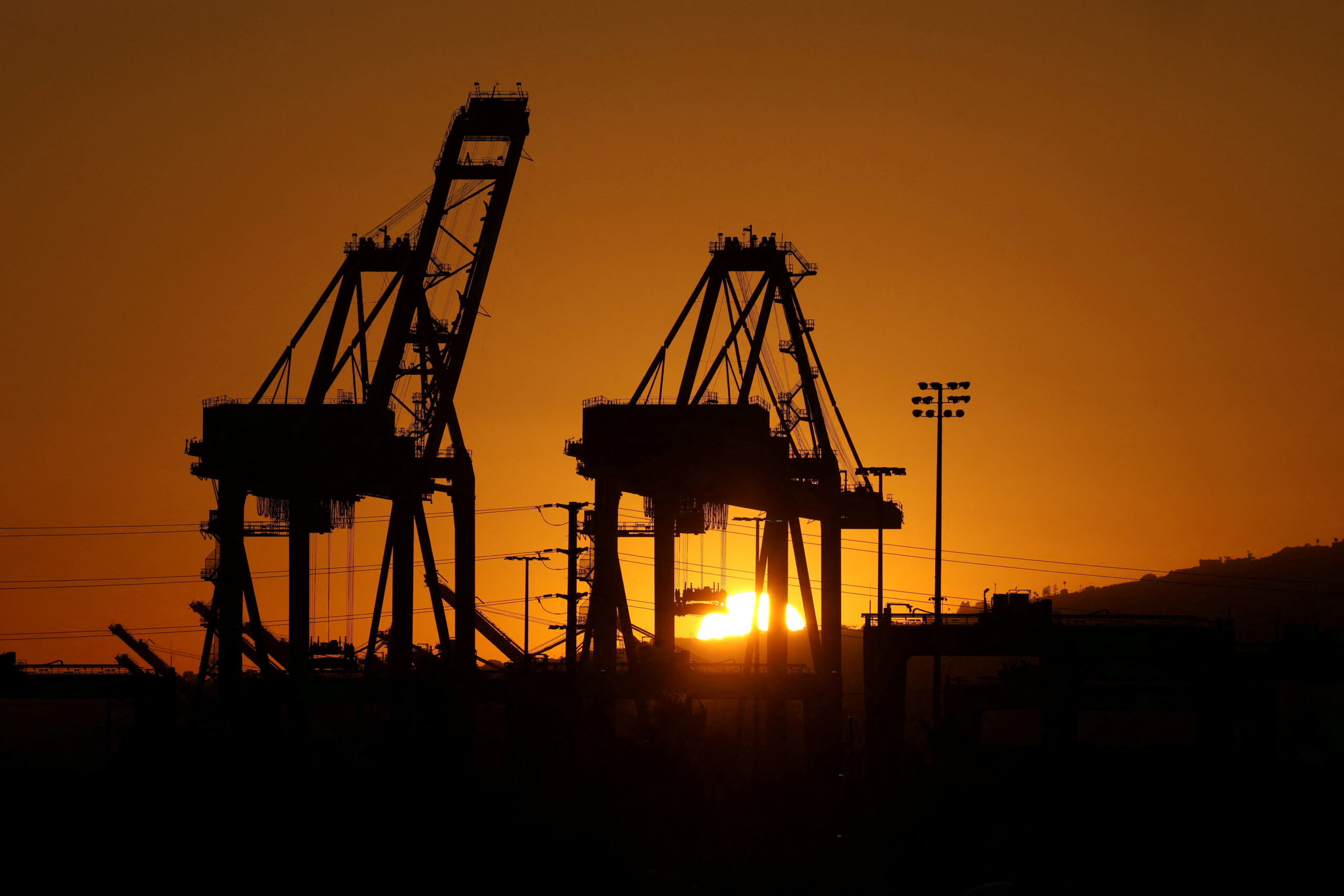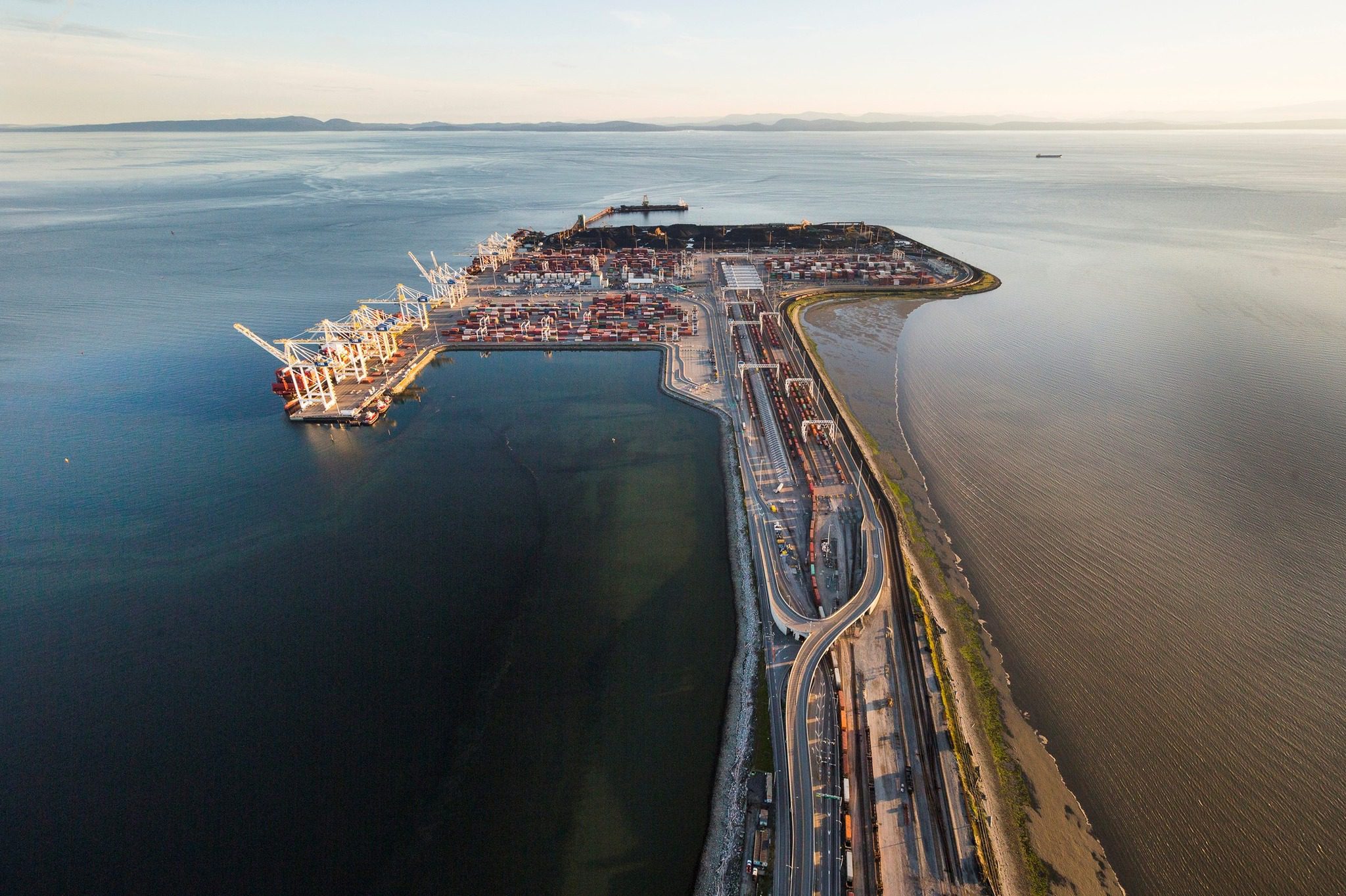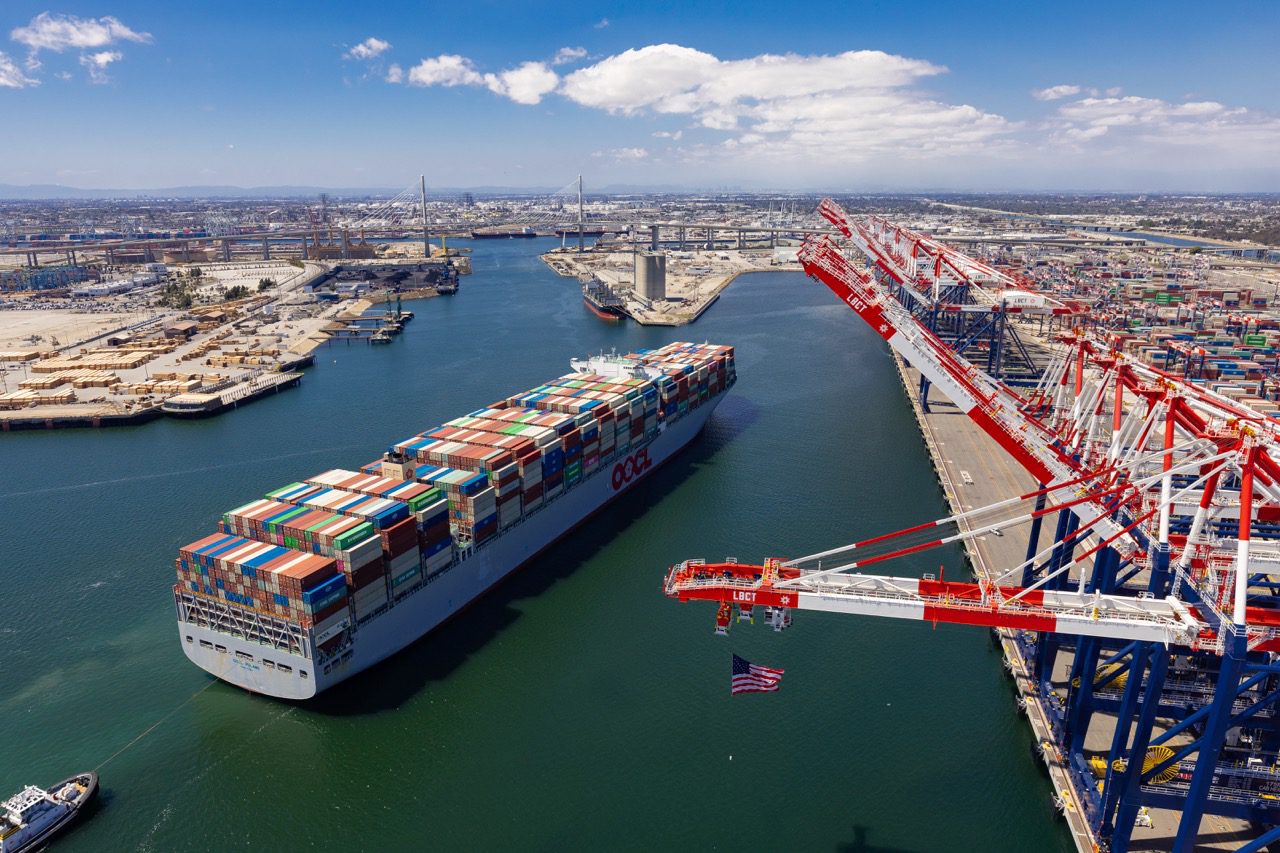(Bloomberg) –Brazil’s heavy dependence on fertilizer imports is leading to a major upgrade of the nation’s ports, railways and distribution centers.
Hundreds of millions of dollars are pouring into Brazil’s logistics infrastructure, all in order to more quickly get fertilizer from ports to inland farms thousands of miles away, which produce the most soybeans, coffee and sugar in the world. The agricultural powerhouse’s need for fertilizers is especially in focus as food inflation has gripped the globe.
Moving all those products around a country as big as Brazil is no small feat. Farmers there buy a whopping 85% of their fertilizers off of world markets, and usage has risen 30% since 2017 as output expands. Grain is also being cultivated in more far-flung regions, like northeast Brazil.
Transportation is mainly done via truck, but there are so many crops and chemicals to move at such great distances, the system is strained.
The solution: change the nation’s railways. Logistics companies like Rumo and VLI are partnering with fertilizer heavy-hitters such as Yara International ASA and Mosaic Co., mostly to make it easier for railroad cars taking grains to the ports to take fertilizer shipments on their way back.
“Where grains leave, fertilizers will arrive, and we are working to simplify the logistics process,” said Maicon Cossa, commercial vice-president for Yara Brasil Fertilizantes. “The distances are big, and if you are in a bad location, you are out of the game.”
Normally, fertilizer is unloaded at ports via an unwieldy method using a crane that takes the product from a ship, deposits it into a truck, which then takes it to a silo for final shipment. The new, speedier systems will use mobile cranes and conveyor belts to move products directly into silos or trains.
Read Also: Ships Sit Empty for Weeks Waiting for Delayed Brazil Soybeans
Other investments include VLI’s new 200 million reais ($37 million) terminal in Tocantins state, Brazil, which will transport fertilizers from Itaqui Port 600 miles away. The Tiplam terminal in Santos Port is getting upgraded at a cost of 100 million reais ($21 million), and will move chemicals to Brazil’s biggest coffee-growing region, Minas Gerais, 400 miles distant.
There are also three projects in the Norther Arc, the new agricultural frontier in northeast Brazil, to turn outgoing grain shipments into fertilizer ones on the return trip. In Santos, negotiations between Cofco, Rumo and Hidrovias do Brasil will result in shared logistics at their terminals.
Santos Port, Brazil’s biggest, is planning to revamp its internal railway to expedite fertilizer shipments, and also got approval last week to auction a connected terminal. The port’s total capacity will increase 49% to 240 million tons per year by 2040. Rail shipments are expected to increase 77% to 86 million tons per year.
“This new terminal will help reduce the cost of fertilizers for the majority of the growing areas in the country,” said Bruno Stupello, business development and regulation director of the Santos Port Authority.
© 2022 Bloomberg L.P.

 Join The Club
Join The Club











